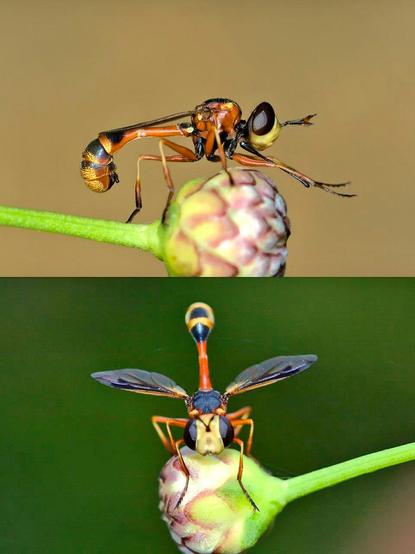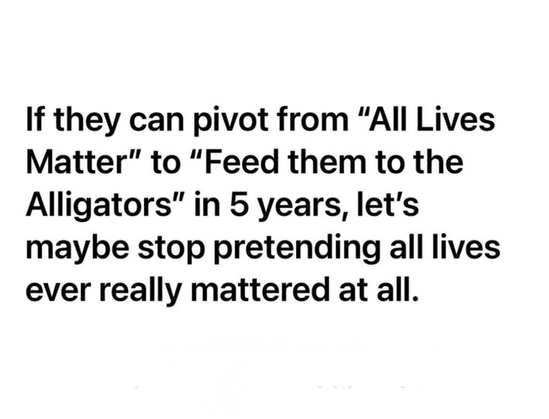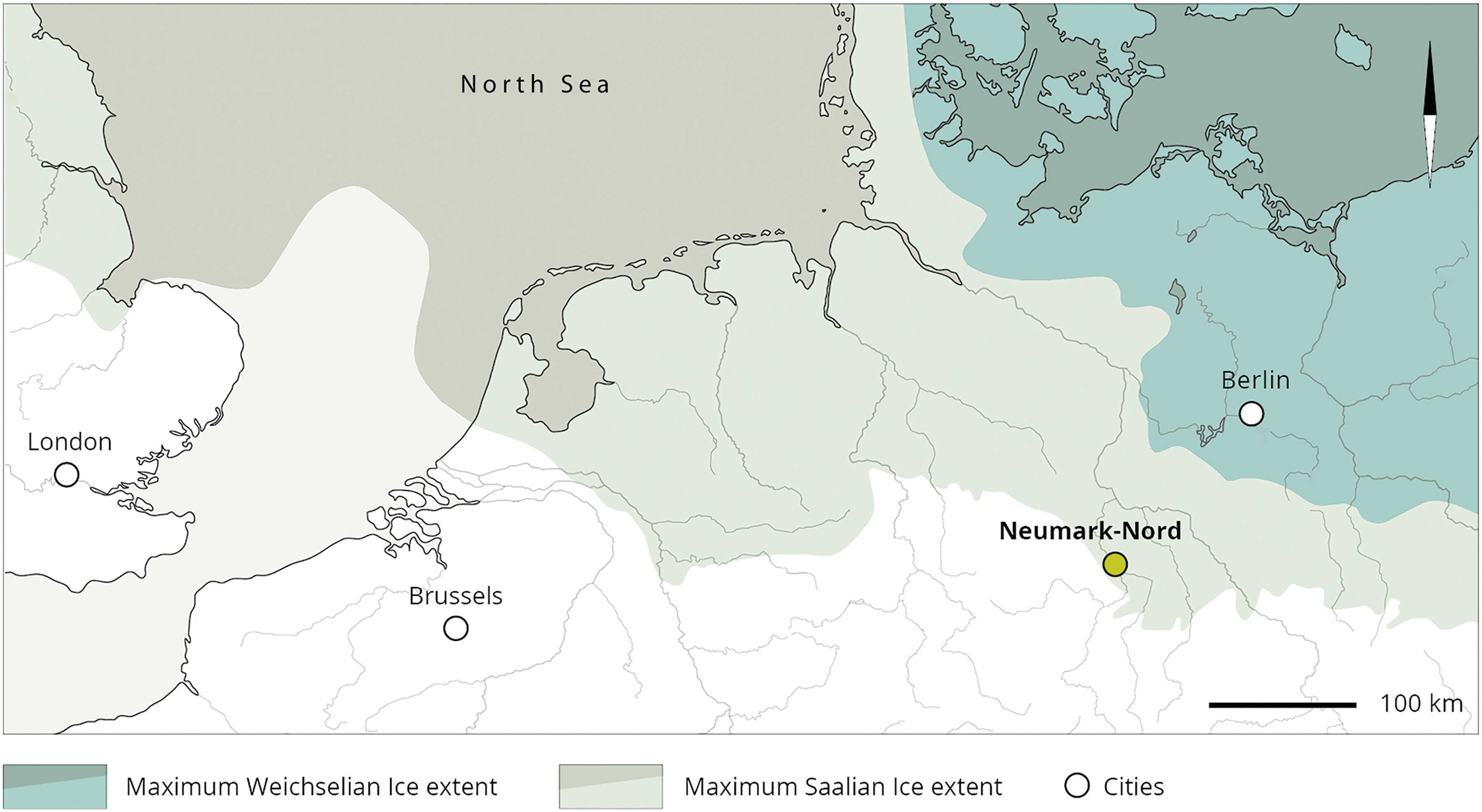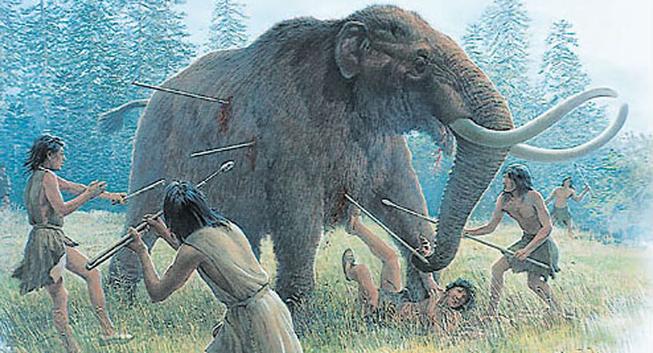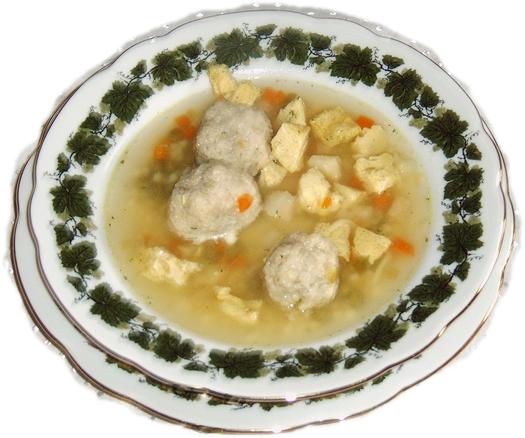China has blown up 300 dams and decommissioned more than 300 hydropower stations to try to save upper Yangtse River ecology. It is the largest river restoration ever attempted.
#China
#riverrestoration
#yangtze
#environment
ubi
@ubi@ecoevo.social
- 512 Followers
- 474 Following
- 23.5K Posts
…I find myself fascinated by the parallels between carbon emissions and the obsession with immigration.
Jonathan Portes says of the UK, “We don’t have control of immigration and we never have”.
If we want lower immigration we must have an *entirely different foreign policy*.
And if we want low carbon emissions we must have an *entirely different economy*.
The two go hand in hand but we cannot collectively contemplate either https://mastodon.social/@urlyman/112592972942108064
Hungary’s oldest library is fighting to save 100,000 ancient books from a beetle infestation.
Climate change may have contributed.
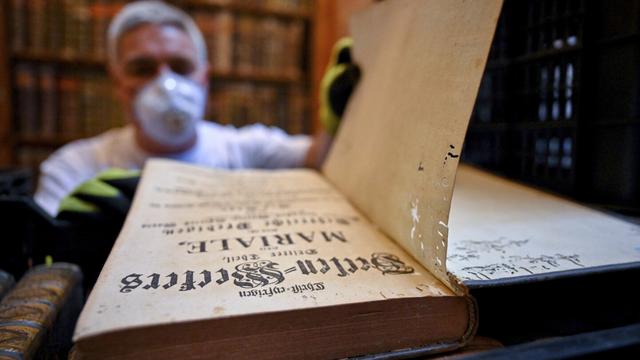
Hungary's oldest library is fighting to save 100,000 books from a beetle infestation
A medieval abbey in Hungary is battling a beetle infestation threatening its ancient book collection. Workers at the Pannonhalma Archabbey are removing around 100,000 books for disinfection after the drugstore beetle was found damaging the volumes. The beetles are attracted to adhesives in books and have infested about a quarter of the abbey's 400,000 works. The library at the UNESCO World Heritage site houses Hungary's oldest books, including a 13th-century Bible and pre-printing press manuscripts. The abbey blames rising temperatures from climate change for contributing to the infestation. Damaged books will undergo restoration after the six-week, oxygen-free treatment to kill the pests.
Buenos días con este pequeño díptero de la familia Conopidae "Physocephala vittata". Al parecer parásito de abejas y avispas.
#insectos #insects #macro #mosca #fly #diptera #photography #nature #naturaleza #fotografia
#insectos #insects #macro #mosca #fly #diptera #photography #nature #naturaleza #fotografia
In the 1700s, teens were accused of being… addicted to novels.
Not alcohol. Not gambling.
Reading.
Across Europe, a strange fear gripped adults. Young people were devouring novels at a pace never seen before. They read at the dinner table, in bed, even while walking through the streets.
This wasn’t seen as a harmless hobby.
It was called “reading fever” or “book addiction.”
Some claimed it would rot their minds.
Others worried it would damage morals, ruin posture, or lead to dangerous daydreaming. Fiction was accused of causing everything from laziness to madness.
Moralists and educators sounded the alarm.
Pamphlets warned parents. Schools debated limits.
It wasn’t just what teens were reading — it was who was writing it.
Books like Samuel Richardson’s Pamela (1740) or Goethe’s The Sorrows of Young Werther (1774) stirred emotion, imagination, and independence.
They were often written by or for women — a major threat to the era’s social order.
But despite the panic, teens kept reading.
And quietly, something revolutionary was happening.
This “reading mania” helped fuel mass literacy, gave rise to the modern novel, and encouraged generations to explore new ideas through story.
The so-called crisis?
It laid the foundation for modern literature as we know it.
Funny how things change.
Today, we beg kids to pick up a book.
Had you ever heard about the 1700s reading panic?
What do you think society would say if teens got “addicted” to books again?
Not alcohol. Not gambling.
Reading.
Across Europe, a strange fear gripped adults. Young people were devouring novels at a pace never seen before. They read at the dinner table, in bed, even while walking through the streets.
This wasn’t seen as a harmless hobby.
It was called “reading fever” or “book addiction.”
Some claimed it would rot their minds.
Others worried it would damage morals, ruin posture, or lead to dangerous daydreaming. Fiction was accused of causing everything from laziness to madness.
Moralists and educators sounded the alarm.
Pamphlets warned parents. Schools debated limits.
It wasn’t just what teens were reading — it was who was writing it.
Books like Samuel Richardson’s Pamela (1740) or Goethe’s The Sorrows of Young Werther (1774) stirred emotion, imagination, and independence.
They were often written by or for women — a major threat to the era’s social order.
But despite the panic, teens kept reading.
And quietly, something revolutionary was happening.
This “reading mania” helped fuel mass literacy, gave rise to the modern novel, and encouraged generations to explore new ideas through story.
The so-called crisis?
It laid the foundation for modern literature as we know it.
Funny how things change.
Today, we beg kids to pick up a book.
Had you ever heard about the 1700s reading panic?
What do you think society would say if teens got “addicted” to books again?
CMYK test finch. Useful for printer calibration.
Displacement drive 🚨
I’m writing this 6 hours ago, unsure what the morning will bring for these six families. Friday night left some displaced and others expecting not to survive the night.
We’re helping them with URGENT food & new shelter. 1485/2500: https://chuffed.org/project/hope-giving-circle
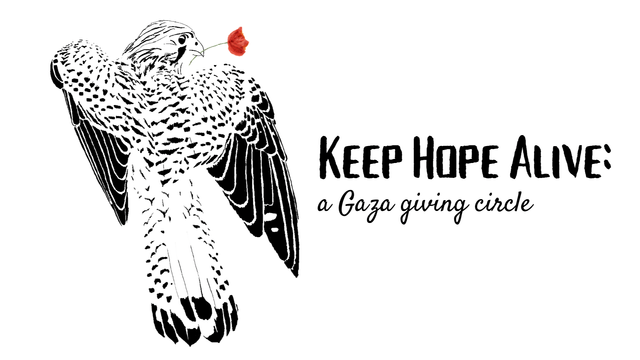
Keep Hope Alive: a Gaza Giving Circle
We are a team of volunteers in the US and UK, led by two sisters passionate about helping our friends on the ground keep their families and neighbors alive with food, water, & shelter. We saw that their campaigns are extremely stagnant and wanted to find a way to direct steady help to them. We distribute your contributions equally every week for sustainable support.
Small acts of rebellion to give you back a sense of control
- Ride your bike
- Shop local and independent
- Use a website instead of an app
- Find a more ethical brand of an everyday item
- Repair something instead of replacing it
- Buy direct from an artist whose work you love
- Turn your phone off for 1 hour
- Block ads with uBlock Origin and Firefox
- Make an actual phone call to a loved one
- Reduce, Reuse, Recycle
Add more 👇
~~~~~~~~~~~~
*Update:* THANK YOU everyone for your amazing suggestions. There are around 70 cool things I have published on my website (linked below) for posterity. If you would like to opt-out of having your suggestion included, or have your name removed please let me know here or in a DM. I will totally understand.
~~~~~~~~~~~~
@nyhan So, I have been slowly and reluctantly coming to the conclusion that LLMs are the One Ring:
• They are seductive by appealing to a person's best nature
• By convincing the user that what they most ardently desire is almost within their grasp and they are right and good to want it and deserving of having it, they slowly turn the user into Gollum
• They are probably feeding everything the user whispers to it right on to the evil guy on the back end of a Palantir
